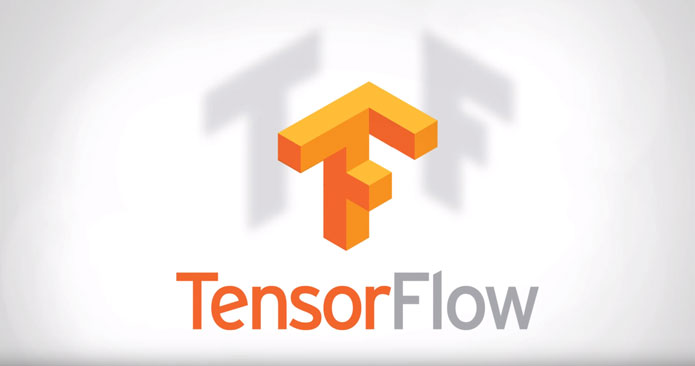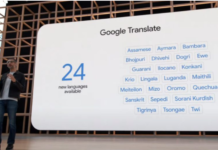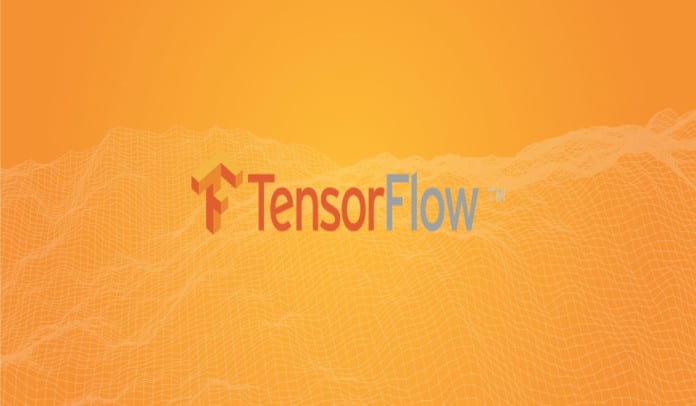Google released its machine learning system “TensorFlow” – Open Source Project for everyone
Google released its machine learning program, TensorFlow. Now, TensorFlow is an open source project, it means anyone can access and edit the code. TensorFlow is a new AI (Artificial Intelligence) system that’s used in everything from recognizing speech to finding images. TensorFlow is the second generation of Google’s machine learning system.
The name TensorFlow comes from the flow of a complex data structures, or tensors, through a neural network, or artificial brain. where Nodes in the graph represent mathematical operations, while the graph edges represent the multidimensional data arrays (tensors) communicated between nodes.
According to Google, TensorFlow is used today in a number of its most visible products, including image search, speech recognition systems, Gmail, Google Search, and more.
TensorFlow was developed by engineers working on the Google Brain Team within Google’s Machine Intelligence research organization for the purpose of conducting machine learning and deep neural networks research.

TensorFlow is faster than the google’s first generation machine learning programs, the software is scalable, and can run on everything from a single smartphone to an entire data center (thousands of computers).
[su_quote cite=”Jeff Dean, Senior Google Fellow”]What we are hoping is that the community adopts this as a good way of expressing machine learning algorithms of lots of different types, and also contributes to building and improving [TensorFlow] in lots of different and interesting ways.[/su_quote]
TensorFlow is open sourced under the Apache 2.0 open source license. That means anyone can use it. It is available for students, researchers, hobbyists, hackers, engineers, developers, inventors and innovators. In open sourcing the tool, Google will also provide some sample neural networking models and algorithms, including models for recognizing photographs, identifying handwritten numbers, and analyzing text. “We’ll give you all the algorithms you need to train those models on public data sets,” Jeff Dean says.
The reason for making TensorFlow open source is to help standardize machine learning systems. “We believe that machine learning is a key ingredient to the innovative products and technologies of the future. Research in this area is global and growing fast, but lacks standard tools,” the company wrote on its site. “By sharing what we believe to be one of the best machine learning toolboxes in the world, we hope to create an open standard for exchanging research ideas and putting machine learning in products. Google engineers really do use TensorFlow in user-facing products and services, and our research group intends to share TensorFlow implementations along side many of our research publications.”
TensorFlow is built using the popular C++ programming language, but in developing applications for this AI (Artificial Intelligence) engine, coders can use either C++ or Python, a popular language that is used to build a range of desktop to mobile apps along with Web services.
With the system being open sourced, TensorFlow is now likely to be extended to other programming languages including Google Go, Java, Lua, Javascript, or R.
The full source for TensorFlow is available on GitHub.
















































